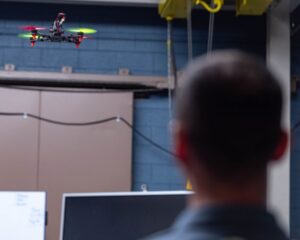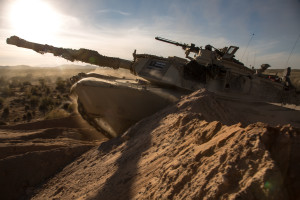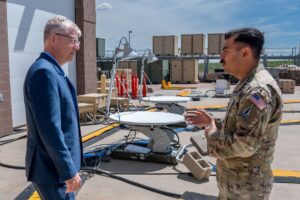
While the U.S. Space Force is interested in alternate positioning, navigation and timing (PNT) systems to alleviate the risk of an adversary or other disruption of GPS, the service's tactically responsive space concept does not include a reconstitution of GPS or other key U.S. military space systems. "One of the biggest reasons that we always struggle getting out of the gate with anything 'tactically responsive' is because we always use the word 'reconstitution,'" Gen. Michael Guetlein, the vice chief of…














